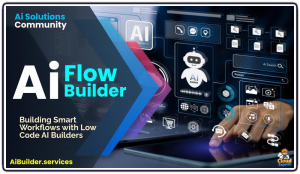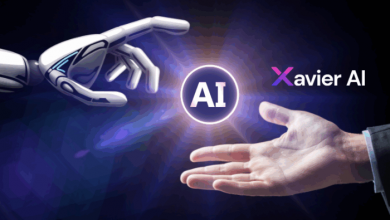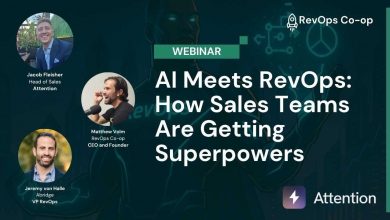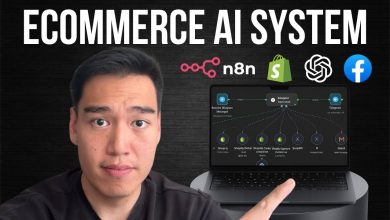Low Code AI – Workflow Automation Made Easy
Low-code AI platforms enable the rapid construction of intelligent automations through visual interfaces that connect pre-built components.
 Imagine a world where the spark of an idea becomes a working, intelligent system in hours, not months.
Imagine a world where the spark of an idea becomes a working, intelligent system in hours, not months.
Where a marketer automates personalized email campaigns that adapt in real time, a small retailer predicts inventory shortages before they happen, or a nonprofit coordinator routes donor messages through channels that learn which tone raises the most support—all without writing a single line of traditional code.
That world is here, and it is powered by ‘low-code AI’.
The tools at the center of this revolution—Bubble, Zapier, Lovable, n8n, and a growing constellation of peers—strip away the ceremonial complexity of software development.
They replace sprawling codebases with visual editors, drag-and-drop logic, and pre-built AI services that anyone can stitch together. A “workflow” is no longer a cryptic script buried in a server; it is a living diagram you can sketch on a Monday morning and watch learn from its own results by Friday afternoon.
Low Code AI Builders
Low-code AI platforms enable the rapid construction of intelligent automations through visual interfaces that connect pre-built components. These systems eliminate traditional coding requirements by providing drag-and-drop environments where users define event triggers, data flows, decision logic, and output actions.
The core value lies in their ability to integrate artificial intelligence services—such as natural language processing, predictive modeling, and content generation—directly into business processes without requiring machine learning expertise or infrastructure management.
Every workflow in this paradigm follows a consistent four-part structure. The process begins with a trigger, which serves as the initiating event. Triggers can be real-time, such as a new record appearing in a database or an incoming API webhook, or scheduled, such as a daily execution at a specified time. Once activated, the workflow accesses and transforms data, typically structured as JSON payloads that carry context from the trigger source and any intermediate steps.
Decision logic represents the third component and determines how the workflow proceeds. This logic can include standard conditional branching—if a value exceeds a threshold, follow one path; otherwise, follow another. More significantly, low-code platforms now embed AI models to perform advanced reasoning.
For example, a language model can classify the sentiment of customer feedback, extract structured entities from unstructured text, or generate personalized responses based on input context. These AI operations are exposed as standard actions within the visual editor, requiring only prompt configuration rather than model training.
Flow Integrations
The final stage consists of actions that execute the workflow’s output. These actions interface with external systems through authenticated API connections.
Common operations include creating records in CRM platforms, sending messages via email or Slack, updating spreadsheets, or invoking additional AI services. The entire sequence—trigger, data handling, AI-augmented logic, and actions—executes sequentially or in parallel depending on the platform’s orchestration capabilities.
Data flows continuously through the workflow and must be managed explicitly. Platforms provide built-in mechanisms for mapping fields, formatting values, and storing temporary variables. For reliability, most systems support error handling, retry policies, and deduplication to prevent duplicate operations during failures or retries. When AI models are involved, input and output data are logged, enabling subsequent analysis and model refinement.
Choosing Your Dev Tool
The major low-code AI platforms each optimize for different use cases while adhering to this shared architecture.
- Bubble provides a full-stack development environment suitable for building complete applications with embedded AI logic.
- Zapier specializes in connecting disparate SaaS applications through pre-built integrations and supports AI actions via OpenAI and similar providers.
- Lovable focuses on conversational interfaces, allowing workflows to power chat-based agents that interpret natural language and respond intelligently.
- n8n offers an open-source, self-hosted alternative with node-based orchestration, supporting custom code execution and on-premises data processing for compliance requirements.
This architectural consistency across platforms means that workflows designed in one system can often be conceptually replicated in another with minor adjustments. The primary differences lie in scaling limits, hosting options, and the depth of native AI integrations.
Regardless of the chosen tool, the underlying model—event detection, data transformation, intelligent decision-making, and system interaction—remains the foundation for all low-code AI automations.



